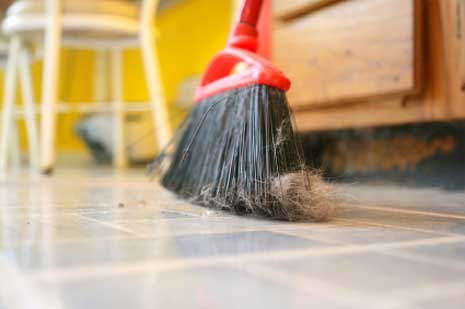Exposure to chemical found in personal care products may contribute to childhood obesity
Phthalates could play a role in rising childhood obesity rates
Researchers from the Children’s Environmental Health Center at The Mount Sinai Medical Center in New York have found an association between exposure to the chemical group known as phthalates and obesity in young children – including increased body mass index (BMI) and waist circumference.
Phthalates are man-made, endocrine-disrupting chemicals that can mimic the body’s natural hormones. They are commonly used in plastic flooring and wall coverings, food processing materials, medical devices, and personal-care products. While poor nutrition and physical inactivity are known to contribute to obesity, a growing body of research suggests that environmental chemicals – including phthalates – could play a role in rising childhood obesity rates.
This study was the first to examine the relationship between phthalate exposure and measurements used to identify obesity in children. The paper is available online in the journal Environmental Research. The project was funded by the National Institute for Environmental Health Sciences, the National Cancer Institute, and the U.S. Environmental Protection Agency.
Mount Sinai researchers measured phthalate concentrations in the urine of 387 black and Hispanic children in New York City, and recorded body measurements including BMI, height, and waist circumference one year later. The urine tests revealed that greater than 97 percent of study participants had been exposed to phthalates typically found in personal care products such as perfume, lotions, and cosmetics; varnishes; and medication or nutritional supplement coatings. The phthalates included monoethyl phthalate (MEP) and other low molecular-weight phthalates. The team also found an association between concentrations of these phthalates with BMI and waist circumference among overweight children. For example, BMI in overweight girls with the highest exposure to MEP was 10 percent higher than those with the lowest MEP exposure.
“Research has shown that exposure to these everyday chemicals may impair childhood neurodevelopment, but this is the first evidence demonstrating that they may contribute to childhood obesity,” said the study’s lead author Susan Teitelbaum, PhD, Associate Professor in the Department of Preventive Medicine at Mount Sinai School of Medicine. “This study also further emphasizes the importance of reducing exposure to these chemicals where possible.”
The percentage of obese children ages six to 11 in the United States has grown from seven percent in 1980 to more than 40 percent in 2008, according to the U.S. Centers for Disease Control and Prevention. More than 15 percent of American children between the ages six and 19 are characterized as obese. In New York City, more than one in five children in public schools are obese.
Dr. Teitelbaum and the team at the Children’s Environmental Health Center plan to further evaluate the impact of these chemicals on childhood obesity. “While the data are significant, more research is needed to definitively determine whether phthalate exposure causes increases in body size,” she said.
Author:
The Mount Sinai Hospital / Mount Sinai School of Medicine, Exposure to chemical found in personal care products may contribute to childhood obesity, January 20, 2012












